Certificate of Completion Samples
-

Driving School Certificate of Completion
download now -
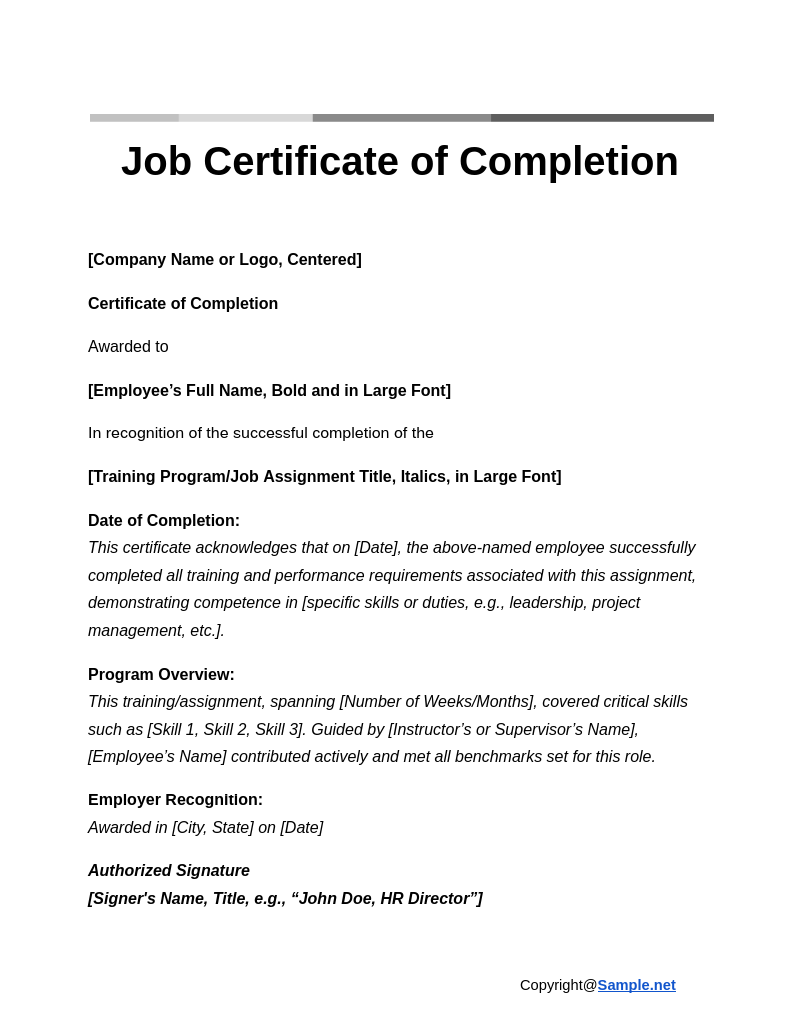
Job Certificate of Completion
download now -
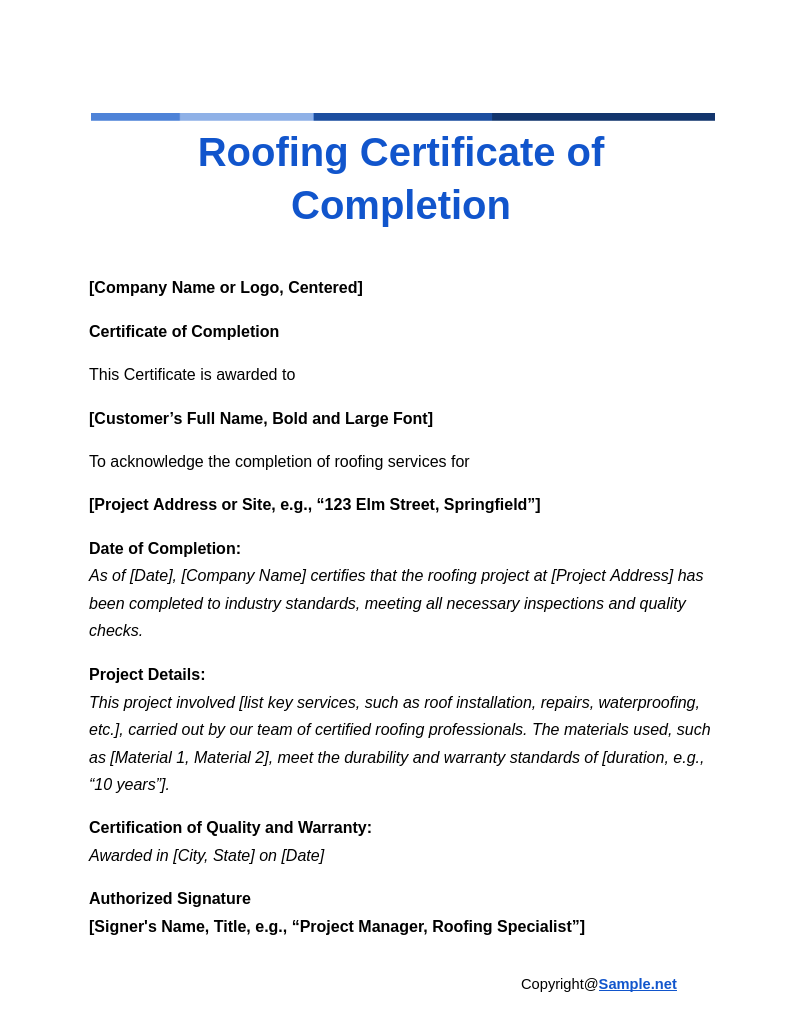
Roofing Certificate of Completion
download now -
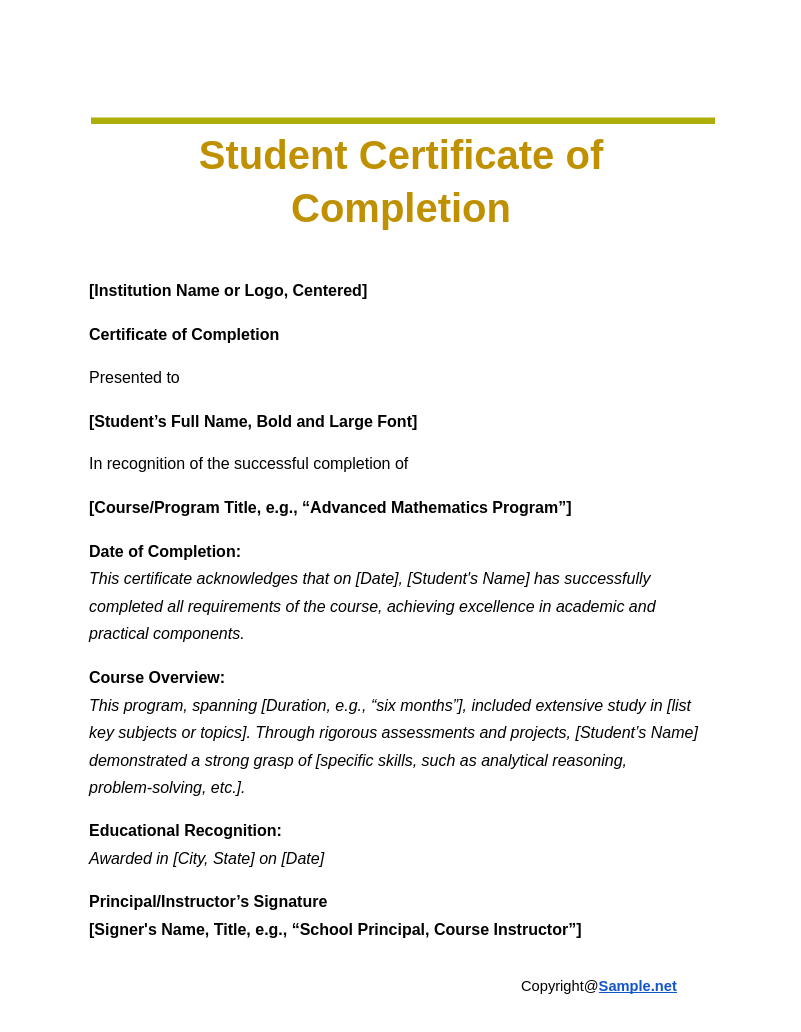
Student Certificate of Completion
download now -
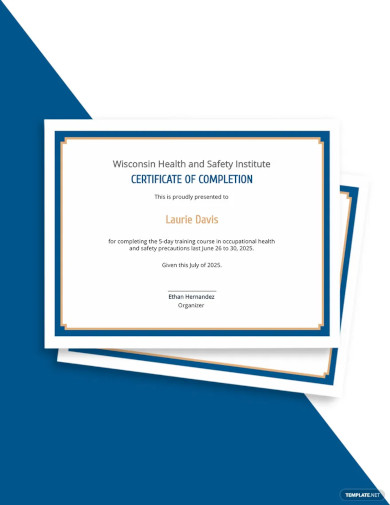
Certificate of Completion Template
download now -
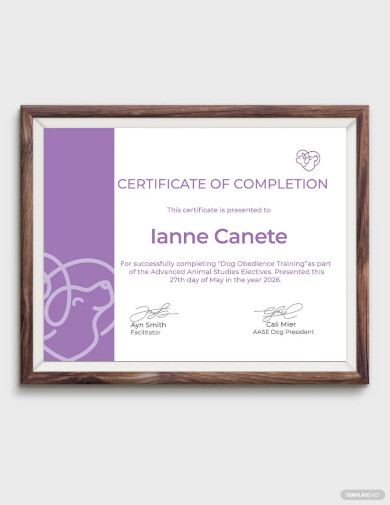
Certificate of Completion in Dog Obedience Template
download now -

Official Certificate of Completion Template
download now -

Internship Certificate of Completion Template
download now -

Swimming Certificate of Completion Template
download now -

Professional Certificate of Completion Template
download now -
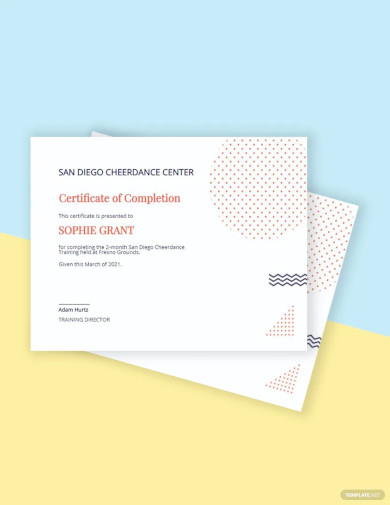
Cheerleading Certificate Of Completion Template
download now -
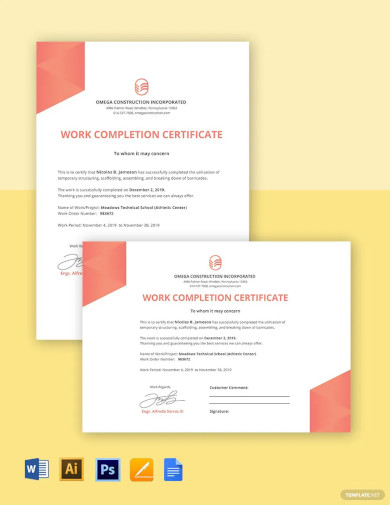
Work Certificate of Completion Template
download now -
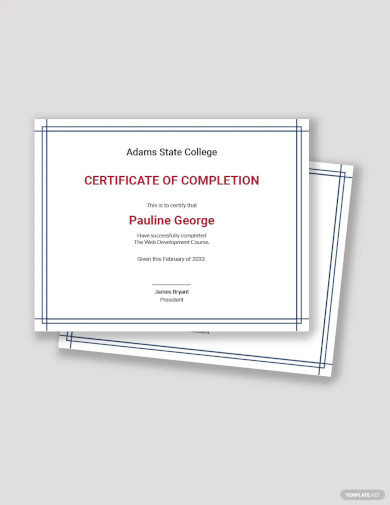
Free Blank Certificate of Completion Template
download now -

Certificate of Rugby Completion Template
download now -
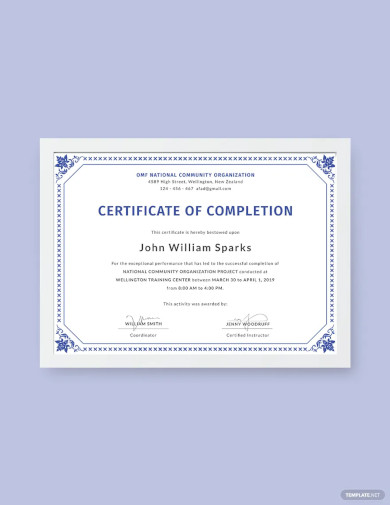
Certificate of Project Completion Template
download now -
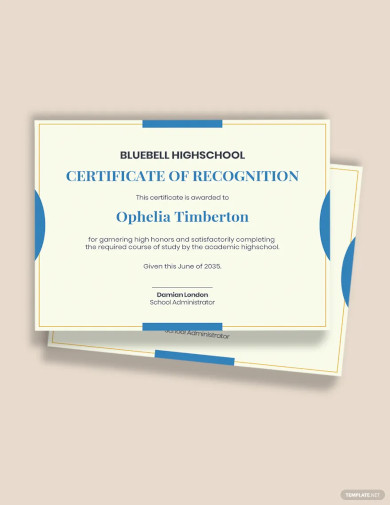
Certificate of High School Completion Template
download now -

Completion of Training Certificate Template
download now -
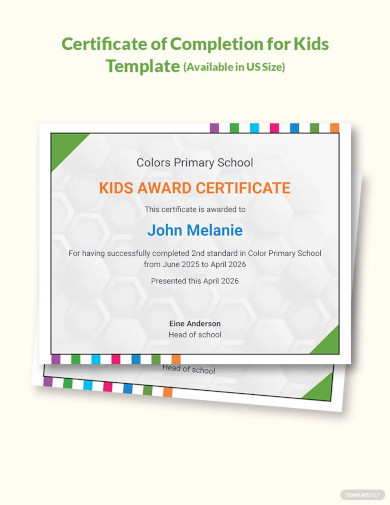
Free Certificate of Completion for Kids Template
download now -
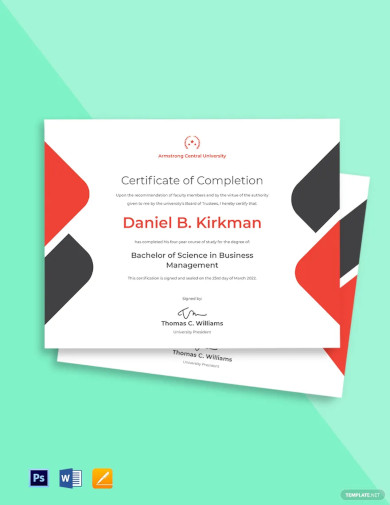
Free University Certificate of Completion Template
download now -
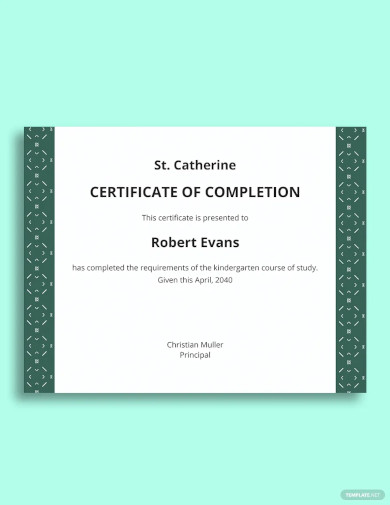
Free Kindergarten Certificate Of Completion Template
download now -
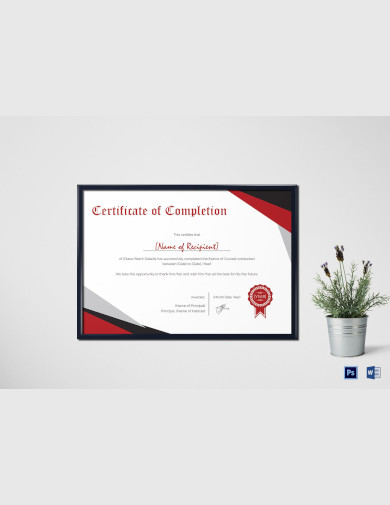
Modern Certificate of Completion Template
download now -
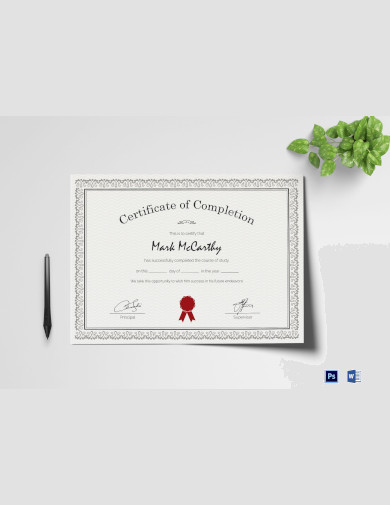
Simple Certificate of Completion Template
download now -

Diploma Certificate of Completion Template
download now -
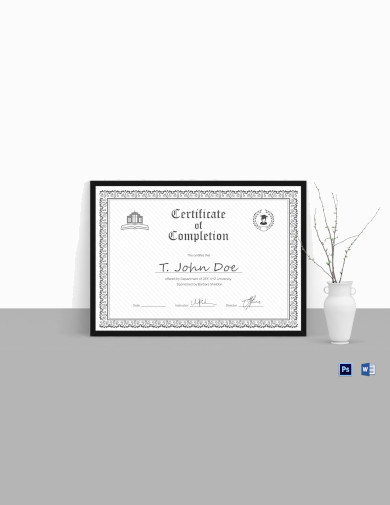
EPS Certificate of Completion Template
download now -
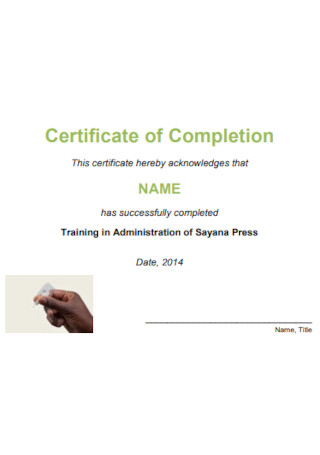
Certificate of Completion
download now -
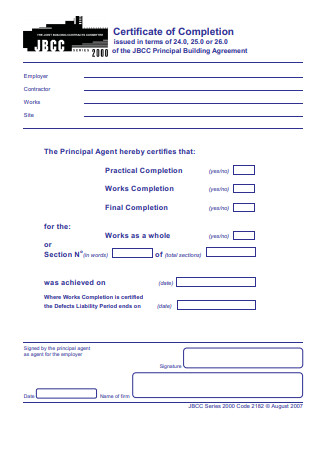
Basic Certificate of Completion Sample
download now -
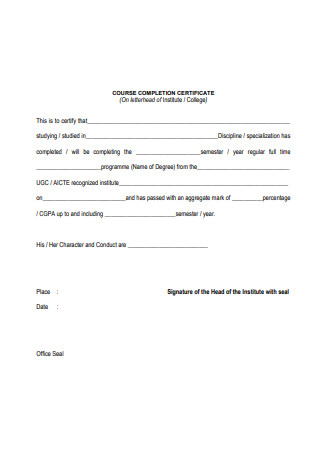
Course Completion Certificate
download now -

Completion Certificate Form
download now -
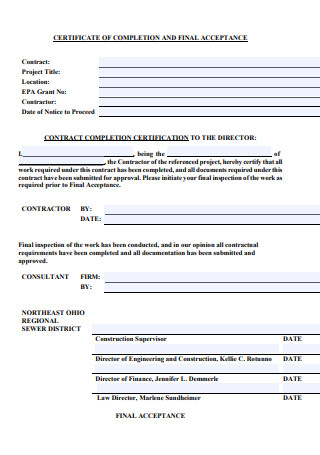
Certificate of Completion and Acceptance
download now -
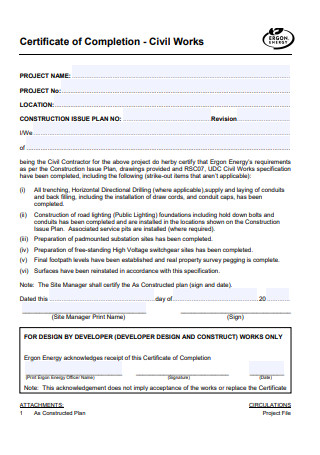
Sample Certificate of Completion
download now -
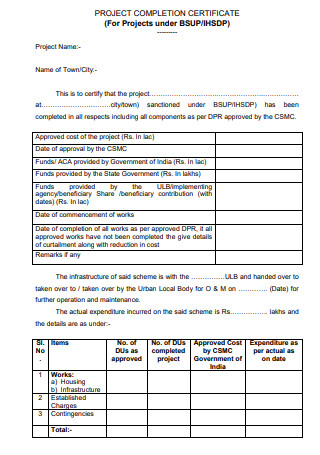
Project Completion Certificate
download now -
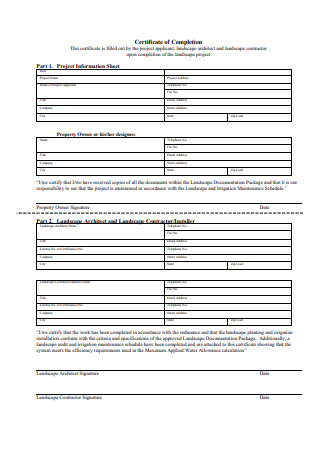
Blank Certificate of Completion
download now -
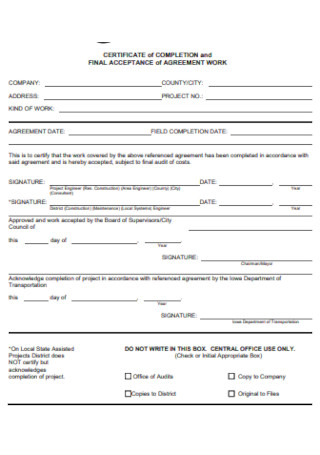
Certificate of Completion Form
download now -
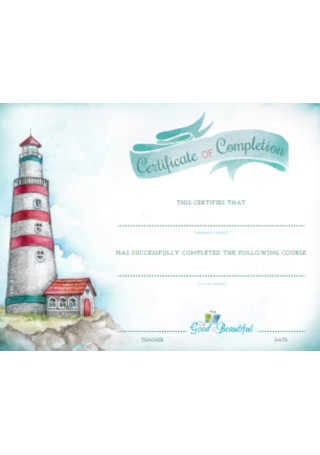
Printable Certificates of Completion
download now -
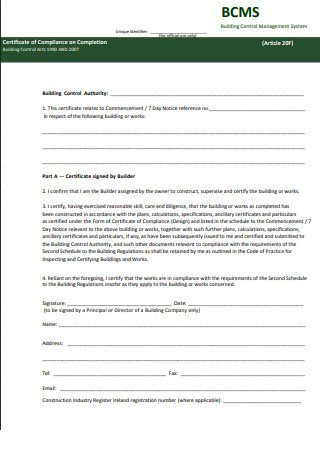
Certificate of Compliance on Completion
download now -

Certificate of Completion
download now -

Graduation Completion Certificate
download now -
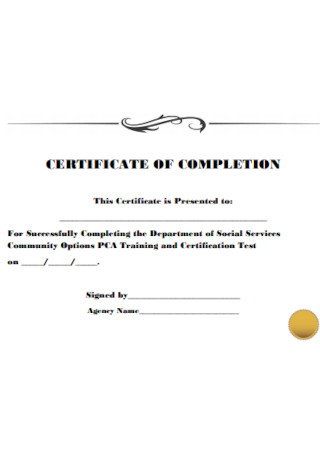
Certificate of Completion in PDF
download now -
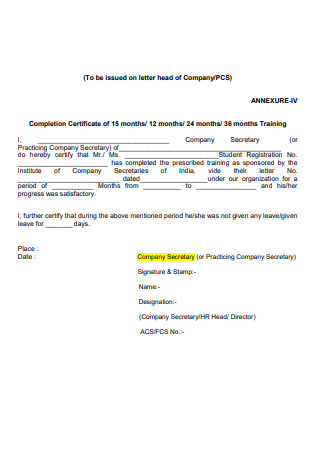
Training Completion Certificate
download now -
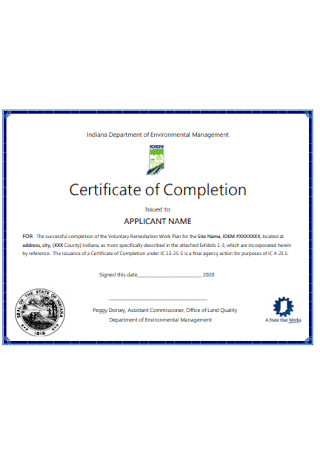
Sample Certificate of Completion Template
download now -
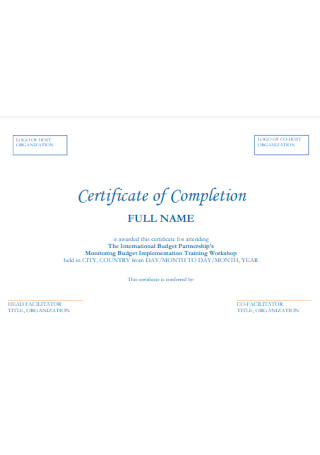
Certificate of Completion for Training
download now -
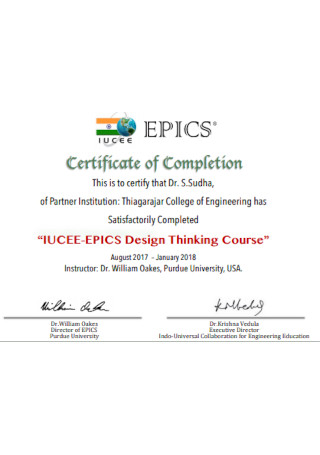
Course Certificate of Completion
download now -
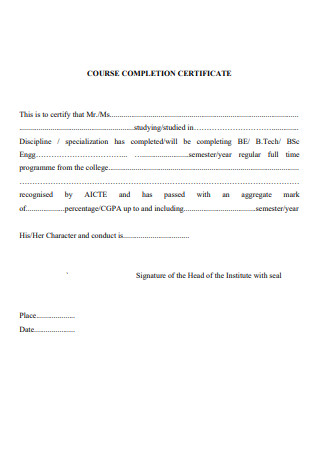
Course Completion Certificate Template
download now -
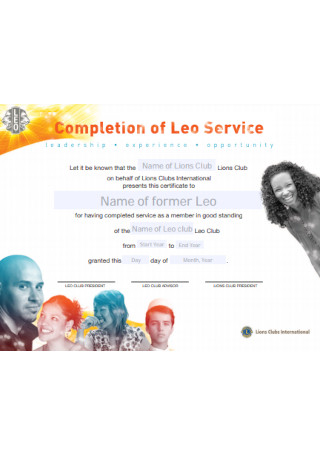
Leo Completion of Service Certificate
download now -
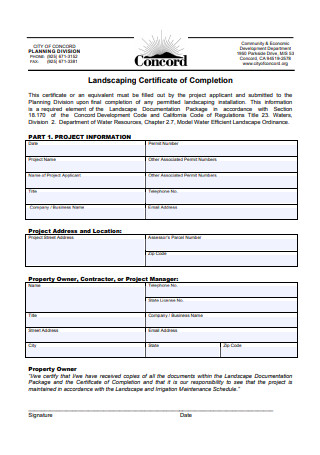
Elementary Certificate of Completion
download now -

Diploma Certificate of Completion
download now -

Basic Certificate of Completion
download now -
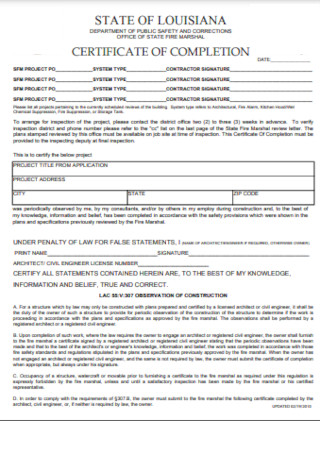
Simple Certificate of Completion
download now -
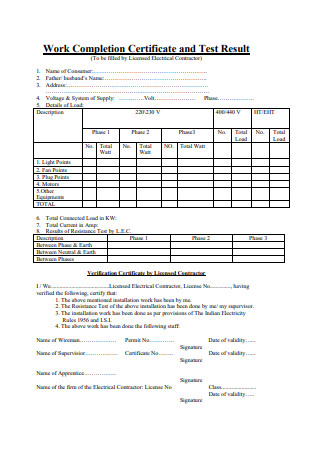
Work Completion Certificate
download now -
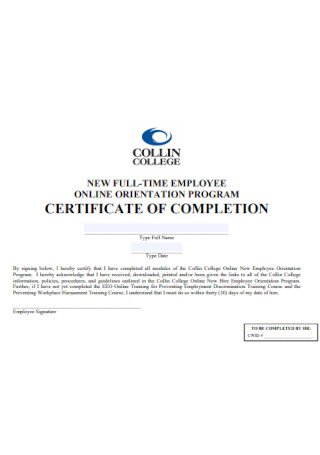
Research Completion Certificate
download now -
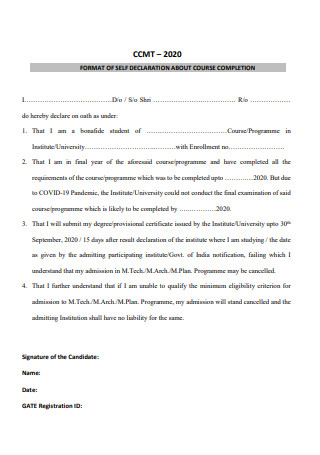
Course Completion Self Certificate
download now -
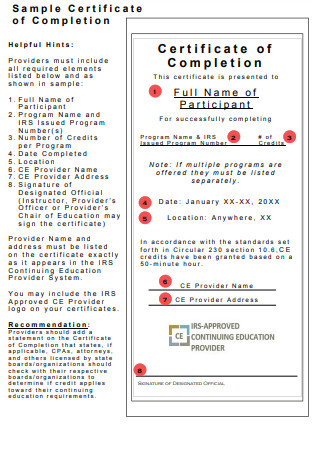
Sample Certificate of Completion
download now -

Final Certificate of Completion
download now -
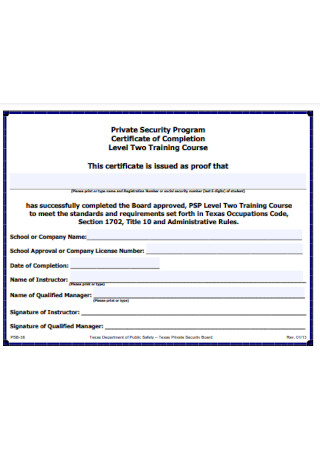
Training Course Certificate of Completion
download now -
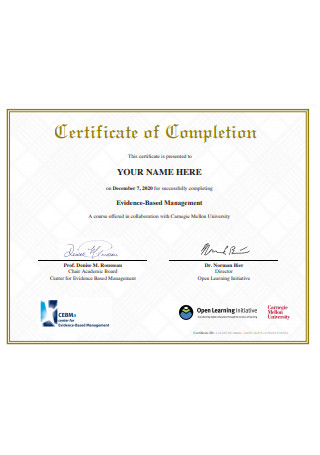
Modern Certificate of Completion
download now -

Format of Certificate of Completion
download now -
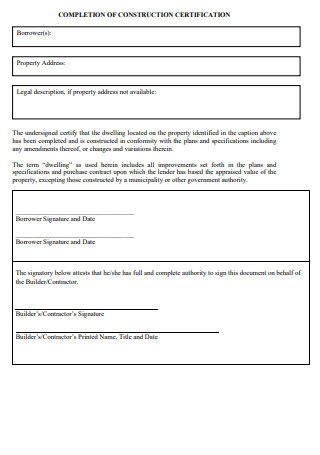
Completion of Construction Certification
download now -
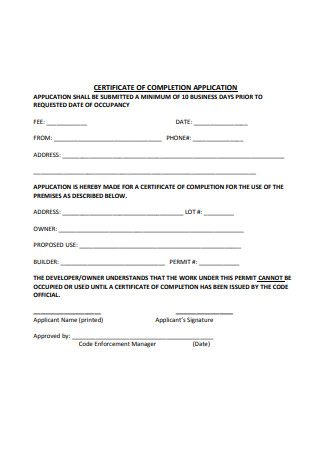
Certificate of Completion Application
download now -
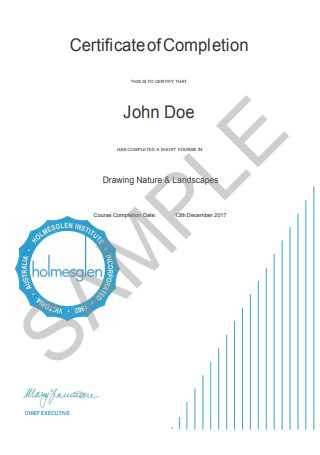
Standard Certificate of Completion
download now -
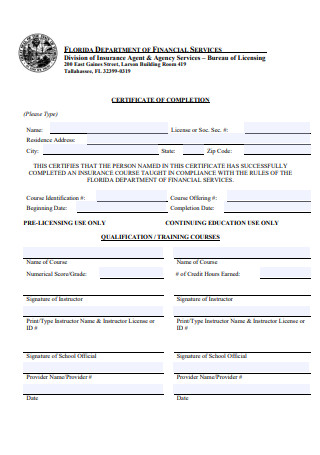
Certificate of Completion Form
download now -
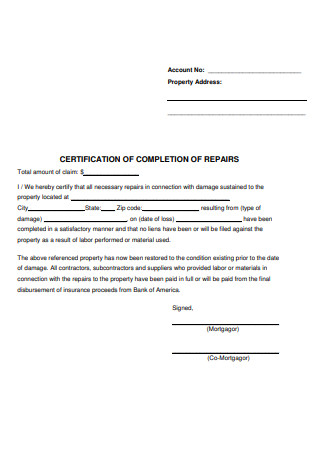
Certificate of Completion of Repairs
download now -
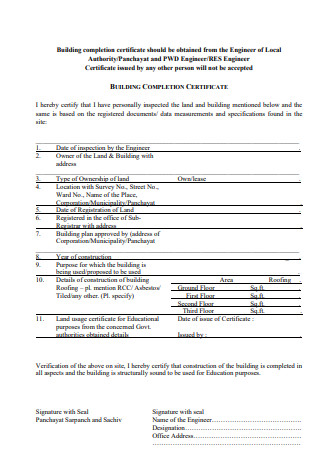
Building Completion Certificate
download now -

Work Completion Certificate Template
download now -
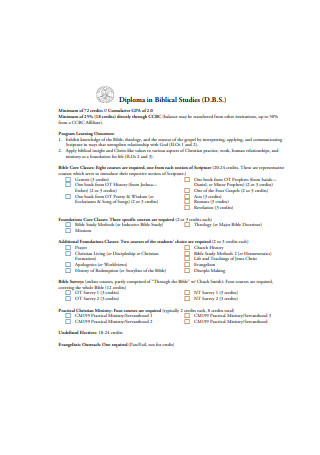
Sample Course Certificate of Completion
download now -
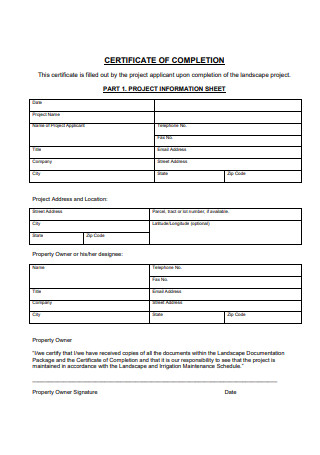
Project Completion of Certificate
download now -
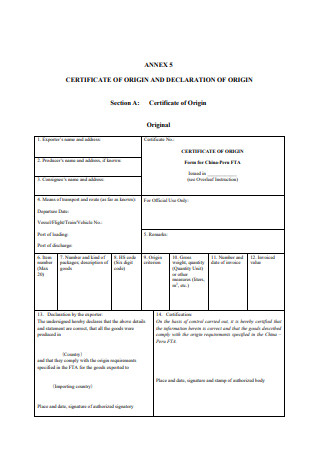
Certificate of Origin and Declartion
download now -
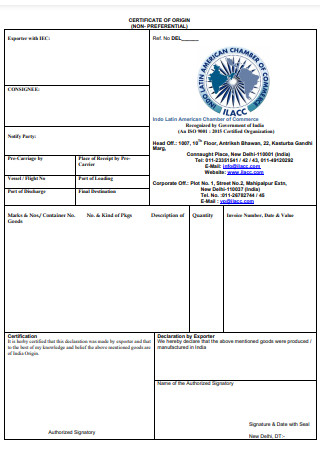
Basic Certification of Origin Sample
download now -
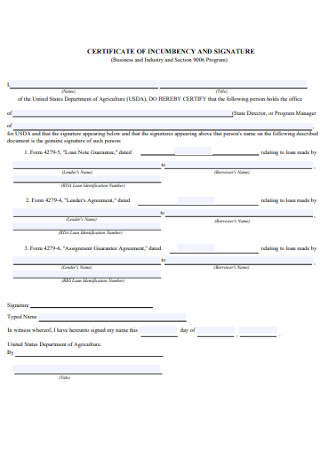
Certificate of Completion Award
download now -
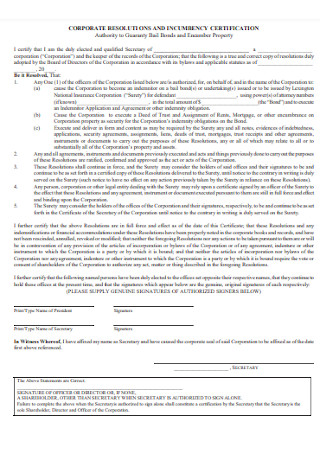
Corporate Education Resolution and Certificate
download now -
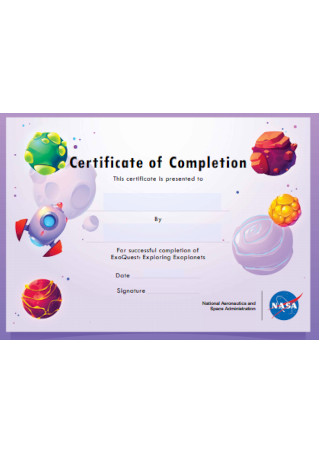
Certificate of Completion Design
download now -
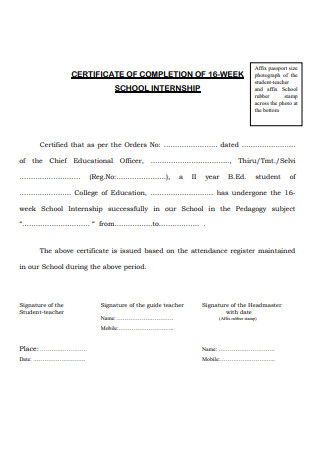
Internship Certificate of Completion Form
download now -
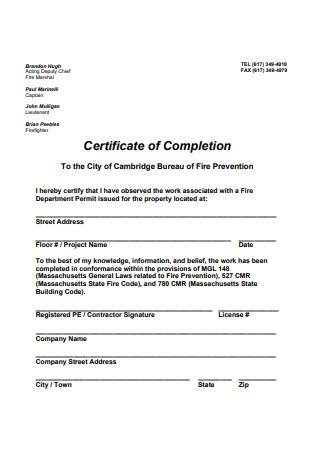
Certificate of Completion in PDF Template
download now -
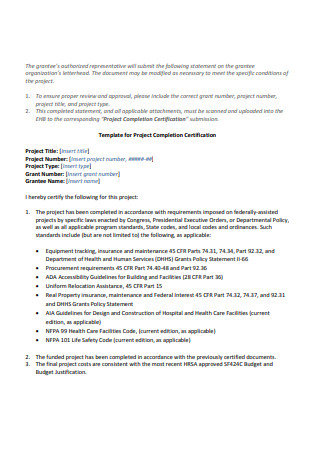
Contractor Completion Certification
download now -
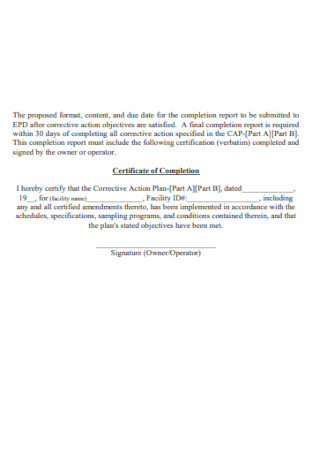
Preschool Certificate of Completion
download now -
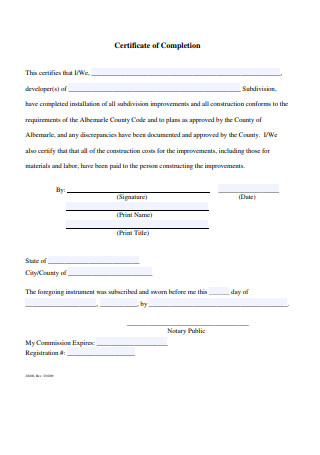
Fillable Workshop Certificate of Completion
download now
FREE Certificate of Completion s to Download
Certificate of Completion Format
Certificate of Completion Samples
What is a Certificate of Completion?
Scenarios Where Certificates of Completion Are Awarded
Elements of a Certificate of Completion
How to Make a Certificate of Completion
FAQs
What does a certificate of completion mean?
How do I get a completion certificate?
Is a certificate of completion valuable?
How is a Certificate of Completion different from a diploma?
How can I make my Certificate of Completion stand out?
What is the ideal layout for a Certificate of Completion?
How can I distribute a Certificate of Completion securely online?
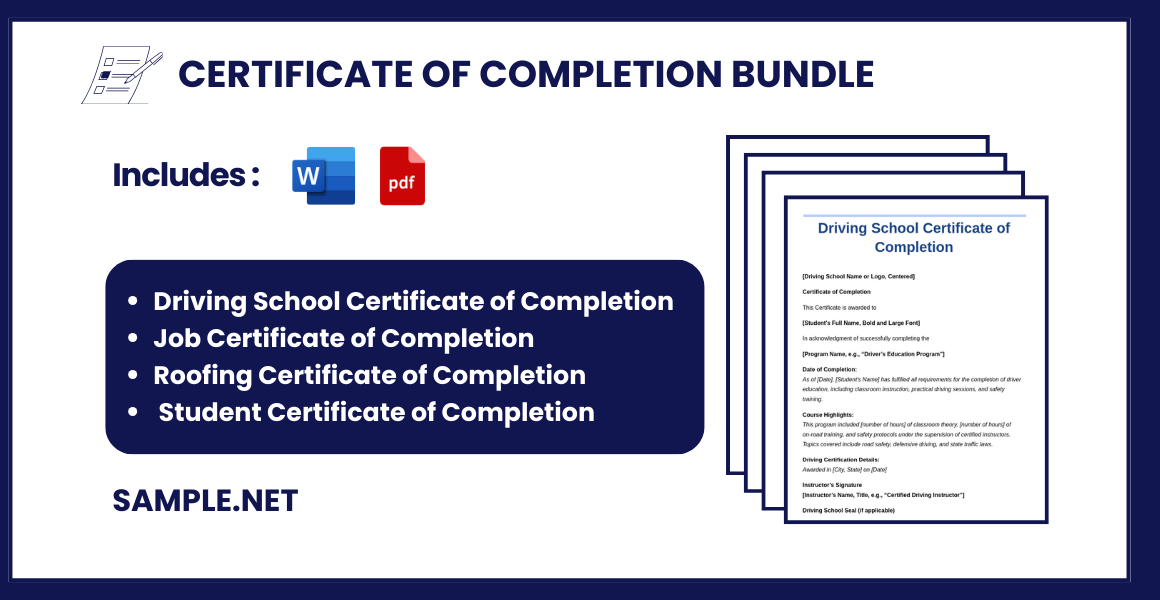
Download Certificate of Completion Bundle
Certificate of Completion Format
[Organization Name or Logo, Centered at the Top]
Certificate of Completion
This Certificate is awarded to
[Recipient’s Full Name, Bold and in Large Font]
In recognition of the successful completion of
[Course/Program Title, Italics, in Large Font]
Date of Completion:
This certificate acknowledges that on [Date], the above-named individual has demonstrated proficiency and dedication by completing all requirements and assessments associated with this course/program.
Course Details:
The program, spanning [Number of Weeks/Months/Hours], covered in-depth topics including [Topic 1, Topic 2, Topic 3]. Through comprehensive training sessions, participants acquired knowledge and skills in [key skills or outcomes].
Instructor/Learning Facilitator:
Guided by [Instructor’s Name], an expert in the field with [Instructor’s Qualifications/Experience], participants engaged in both theoretical and practical applications, gaining [specific skills/knowledge, such as analytical thinking, problem-solving, or subject expertise].
Certification Summary:
This Certificate of Completion signifies that the holder has completed all course requirements, showcasing a commitment to learning and professional development within [subject area, e.g., Project Management, Financial Analysis, Data Science, etc.].
Recognition of Achievement:
Awarded at [Location/City] on [Exact Date]
Authorized Signature:
This certificate is signed and authorized by [Signer’s Name, Title, and Affiliation, such as “John Doe, Program Director”]
Contact Information for Verification
For verification of this certificate, please contact [Organization Contact, Email, and Phone Number].
Organization Seal (Optional)
Additional Remarks (Optional):
If applicable, include a short statement of commendation such as: “The recipient has displayed exemplary performance and engagement throughout the course. We honor their dedication and look forward to their future contributions in the field.”
Certificate Layout Tips:
- Design Elements: Add a background watermark of the organization’s logo, decorative borders, or gold/silver embossing.
- Signature Area: Leave sufficient space for a digital or hand-signed signature to enhance the authenticity.
- Accreditation: If the course is accredited, mention the accrediting body to add value to the certificate.
What is a Certificate of Completion?
A certificate of completion is a document awarded to a recipient in recognition of an accomplishment report. It mostly applies to participants who have completed a course or have reached the culmination of an event, training, or seminar.
According to an online Glassdoor article, it’s possible that professional certifications can influence an employer’s decision to hire a candidate. Although, this is highly dependent on the type of certification. Recruiters admit that role-specific and software certifications are factors that can help boost a candidate’s chance of getting hired. You can also see more on Project Completion Certificate.
Scenarios Where Certificates of Completion Are Awarded

Elements of a Certificate of Completion
All certificates of completion essentially contain the same basic employee information forms for courses and certain achievements. However, for more technical certificates such as the ones used in construction, there may be additional details that need to be specified in the certificate. Some of the common elements in a certificate of completion are enumerated below.
How to Make a Certificate of Completion
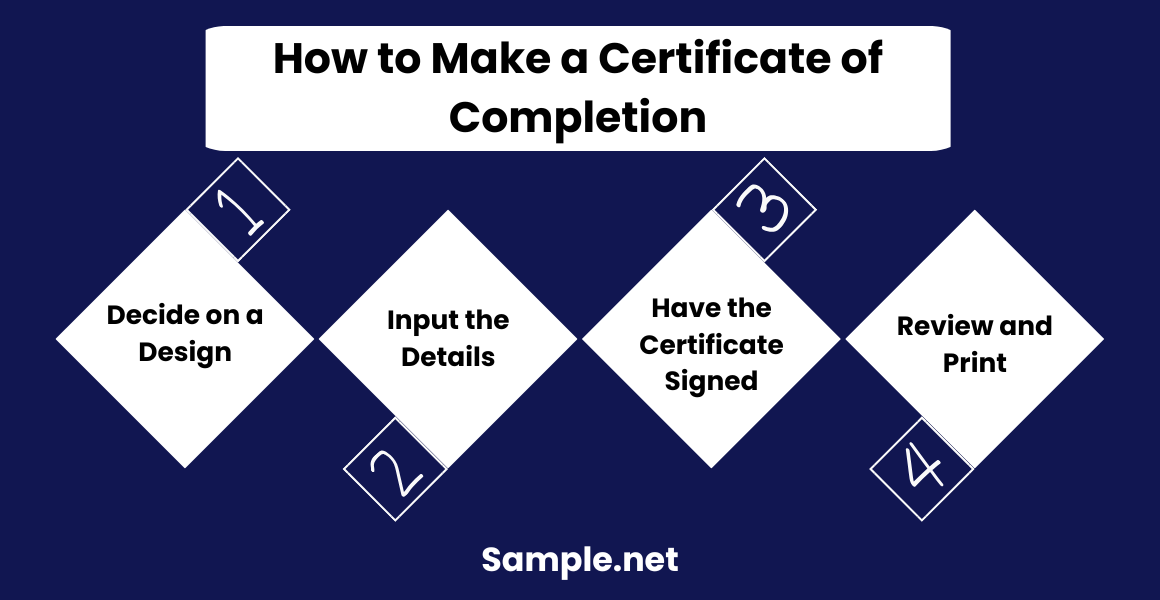
If you keep in mind the tips and tricks above, you’ll be able to create a certificate of completion in no time at all. You can also see more on Certificate of Incumbency. Follow the step-by-step guide below.
Step 1: Decide on a Design
You can either create your own design using a variety of applications, or make use of a number of existing templates available online. Fortunately, people nowadays don’t need to be experienced designers or artists to come up with a decent design. There are multiple resources that you can take advantage of. All you need to do is find the right one for you.
Step 2: Input the Details
Once you’ve decided on a design, key in all the details in your certificate. Include the complete names of the recipients, a brief description of the activity, complete date, location, and an official logo or header. Insert a QR code and/or an official seal, if applicable. You can also see more on Company Incorporation Certificate.
Step 3: Have the Certificate Signed
To ensure the certificate is reputable or credible, have the right authorities affix their signatures at the bottom. If a certificate were to be viewed as a formal letter, there is always a clear recipient and a clear signatory that’s indicated. Usually, the founder, principal, CEO, or any high-ranking official signs these certificates. In many cases, there can be more than one signatory. Be sure to note the person’s title and designation below their name.
Step 4: Review and Print
It is good practice to always review and go over one’s work. The quality of your output depends on it. Before final printing, make sure that all spelling, alignment, and the complete details are in place. Consider high quality resolution when printing. They may cost a little more but you’ll get better results. Some companies place the certificates in jackets or folders for added class and protection.
The Certificate of Completion holds value beyond the learning experience, providing a recognized mark of achievement. It serves as a testament to personal growth, skill enhancement, and dedication to advancement. Whether for career development or educational pursuits, this certificate reinforces one’s commitment to continuous improvement and learning. You can also see more on Certificate Of Origin.
FAQs
What does a certificate of completion mean?
Obtaining a certificate of completion means that you have completed a course or requirement and can proceed to the next stage or higher level. It is common in school settings and work environments. These certifications are an indicator that you have completed the necessary work and acquired the necessary knowledge and training.
How do I get a completion certificate?
If you want to get a completion certificate, you first need to understand the requirements. Whatever field or area, there are standard obligations and duties that you have to accomplish first. It can either be a quick session or a lengthy process, depending on the nature of the task or course. For technical and construction certificates, you often need to undergo rigorous inspection checklist and go through several steps before obtaining certification.
Is a certificate of completion valuable?
A certificate of completion can be valuable, especially if it pertains to a specific trade or skill. Some companies require certifications for specialized areas of work. These certifications can boost your chances of getting hired because it gives employers the impression that you’ve acquired the necessary training and skills for the job. In the case of interns, a certificate of completion from the company can authenticate their training experience and is often needed as part of their academic requirements. You can also see more on Certificate Of Employment.
[/ns_row]
How is a Certificate of Completion different from a diploma?
A Certificate of Completion usually indicates attendance and completion, while a diploma signifies mastery of a certain level of education, such as high school or college.
How can I make my Certificate of Completion stand out?
To make it distinctive, choose high-quality paper or design if printed. For digital certificates, use a clear, branded design, and include signatures or watermarks for added authenticity and protection against duplication. You can also see more on Certificate of Appreciation.
What is the ideal layout for a Certificate of Completion?
An ideal layout is clear and uncluttered, with the recipient’s name prominently displayed, followed by the course name, completion date, and certifying signature. Additionally, using the organization’s branding subtly but visibly can add a professional touch.
How can I distribute a Certificate of Completion securely online?
For secure distribution, use PDF format with restricted editing options. Many institutions also embed unique identifiers, QR codes, or verification links to ensure authenticity and make sharing and validation easier for recipients and employers. You can also see more on Dog Birth Certificate.
